Astronomy for Kids: The Sun, Moon, and Earth
Astronomy for kids can be so much fun. Learn about the relationship between the Sun, Moon, and Earth by doing these simple investigations. Learn about how the Earth rotates and model how lunar and solar eclipses occur. Affiliate links are included in this post.
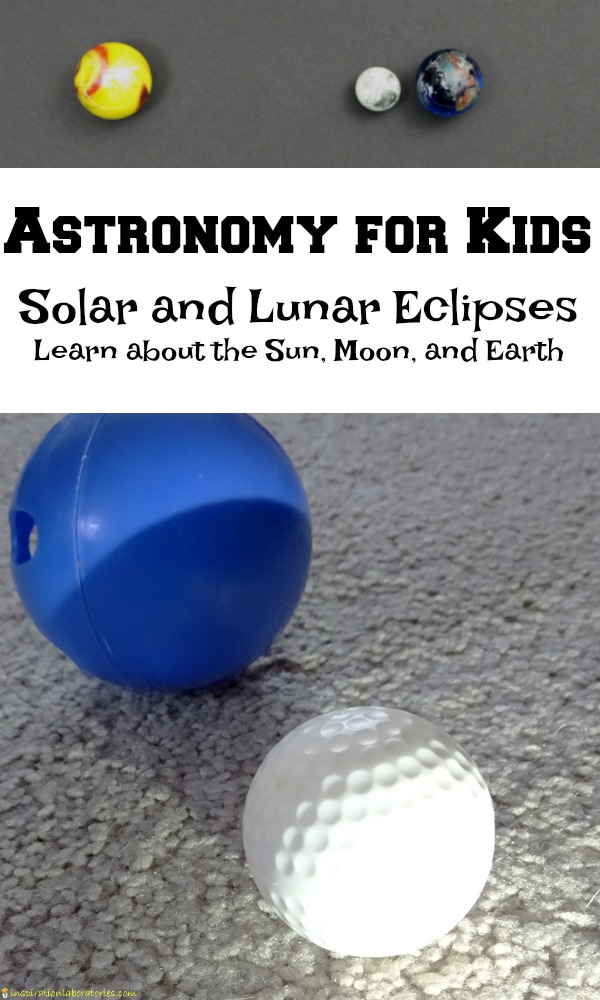
If You Decide to Go to the Moon
If You Decide To Go To The Moon is a cute book that takes you on an imaginary trip to the moon. The book tells you what will happen from blast off to landing on the moon to your return trip home. While my 4 year old loved every bit of the book, I felt it was a little bit wordy. Younger readers might get antsy while listening to this book. You could always skip a few lines or just talk about the pictures if this happens and your child is insistent on continuing to read the entire book.
Here are two more space books we enjoyed.
 |
 |
- There’s No Place Like Space: All About Our Solar System (Cat in the Hat’s Learning Library)
by Tish Rabe is a nice introduction to our solar system in typical Cat in the Hat rhyming style. It has a little bit of information on each planet – just enough to get kids interested and asking for more without overwhelming them with too much. We own this book and it’s been a favorite of Aiden’s since he was 2.
- Experiments With the Sun and the Moon
by Salvatore Tocci. This book has information about the relationship between the Sun, Moon, and Earth. Learn the difference between solar and lunar eclipses and do experiments to replicate them. Simulate why the moon changes shape and use the sun to tell time.
I suggest heading to the library to check out some space books that you find interesting. There will surely be a lot of choices. There is one thing we noticed about some of the books we checked out, however. Some are outdated. Some had the wrong numbers of moons for the gas giants and some still said Pluto was a planet. Be sure to check the publication dates and get the most current books you can. You can also fact check the books with a reputable website like NASA.
Astronomy for Kids: The Sun, Moon, and Earth
Aiden was asking questions about Earth rotating one day. I tried to explain it to him, but wasn’t very successful. It was too abstract for him to visualize. I created a simple demo to show him how it works. We played the roles of the Sun, Moon, and Earth.
Lily was the Sun. She hung out in the center of the room.
Aiden wanted me to be the Earth, so that left him to play the role of the Moon. I turned in a circle to show Aiden how the Earth rotates. One turn equals one day on Earth. Then, I turned in a circle as I walked around Lily the Sun. The Earth orbits the Sun in one year. As it orbits the Sun, it rotates, too.
Next, we added in the Moon (Aiden). The Moon rotates and orbits around the Earth. The Earth-Moon system goes around the Sun.
It was a fun, dizzying illustration.
Sun and Moon Investigation
You can simulate a solar eclipse and lunar eclipse in your own house.
Here’s what you’ll need:
- flashlight
- 2 balls (2 different sizes)
- a semi-dark room (in the shade or out of direct sunlight should work, too)
The large ball represents the Earth. The small ball represents the Moon. And the flashlight plays the role of the sun.
Create a Solar Eclipse
Shine the flashlight on the Earth (large ball). Notice the light lands on the ball.
Predict what will happen when the Moon travels between the Sun and the Earth. Place the Moon (small ball) in between the Sun and the Earth. What happens?
The Moon blocks the Sun. This is a solar eclipse.
Aiden and I first did this activity when he was 4. Watch Lily (now at age 3) help me with the video below.
Create a Lunar Eclipse
Shine the flashlight on the Moon (small ball). Notice the light lands on the ball.
Predict what will happen when the Earth travels between the Sun and the Moon. Place the Earth (large ball) in between the Sun and the Moon. What happens?
The Earth blocks the Sun, so the Moon appears covered. This is a lunar eclipse.
Notice that the Earth, Sun, and Moon had to be a straight line in order for an eclipse to occur.
Summer Science Series Weekly Reading Themes
See the rest of our Summer Science Series with Edventures with Kids.
Week 3: Astronomy
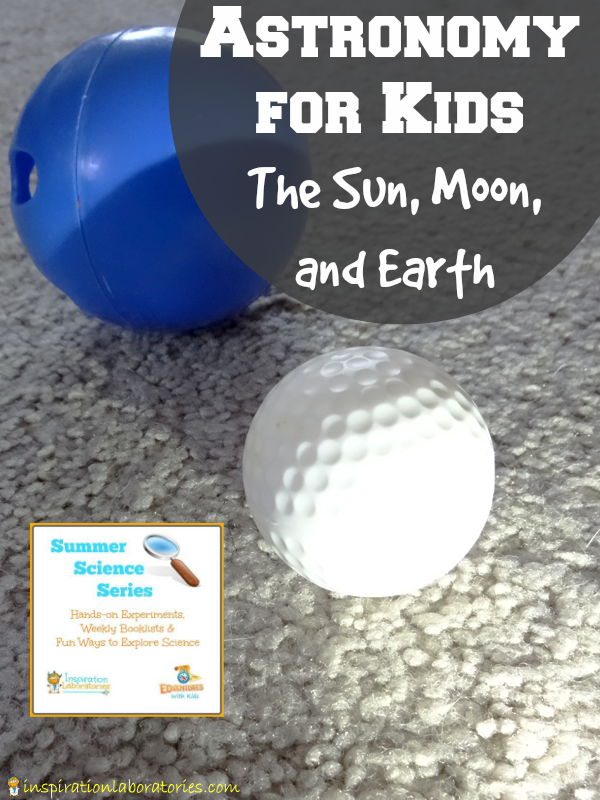
- Learn about the Sun, Moon, and Earth
- Astronomy Activities for Kids with a list of books about stars at Edventures with Kids
- Make a model of the solar system with this planet order activity.
- Play a Planet Board Game to learn about the planets.
You’ll love this collection of Planet Activities for Kids!
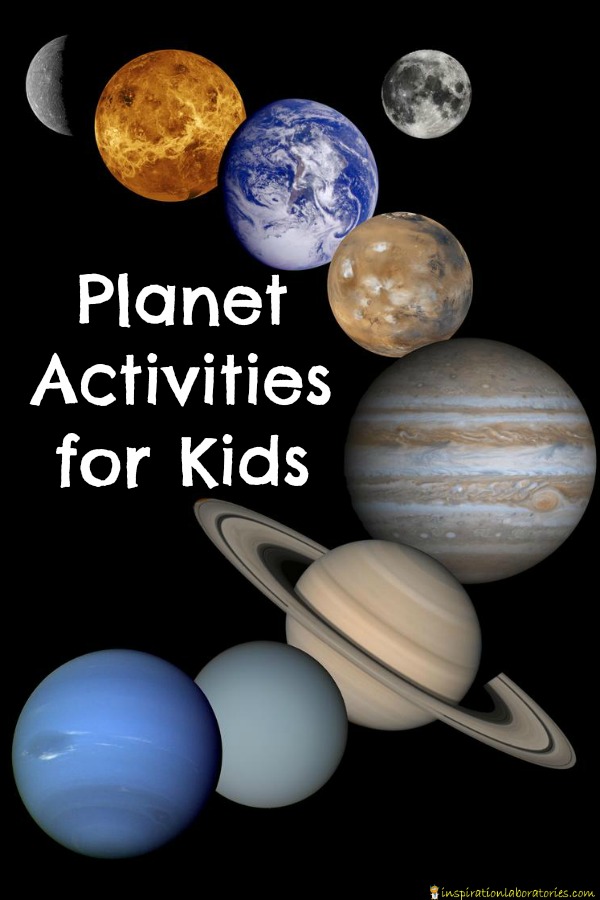
Subscribe to our weekly newsletter and get exclusive science explorations for young scientists in each issue.
![]()
This post was originally published on July 9, 2014.


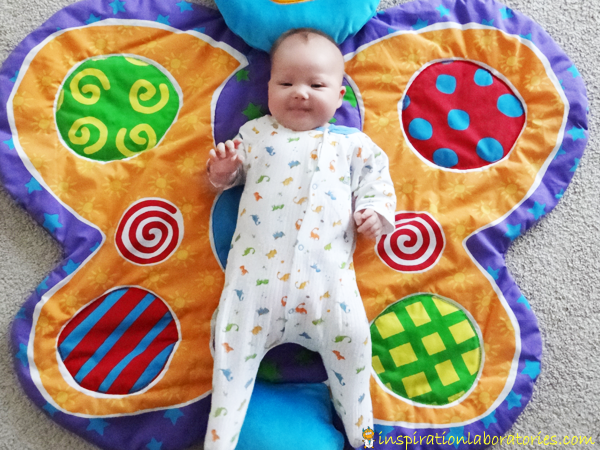
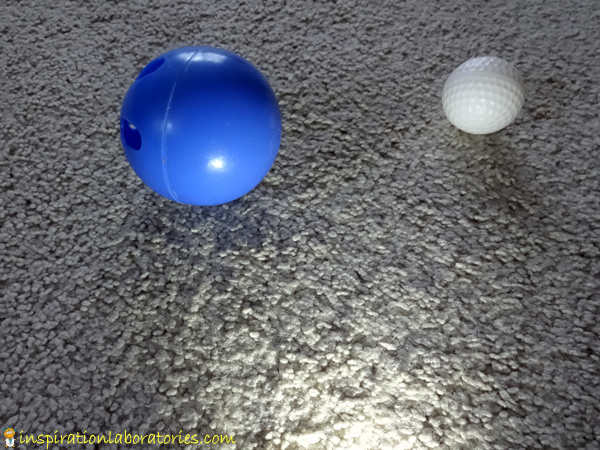
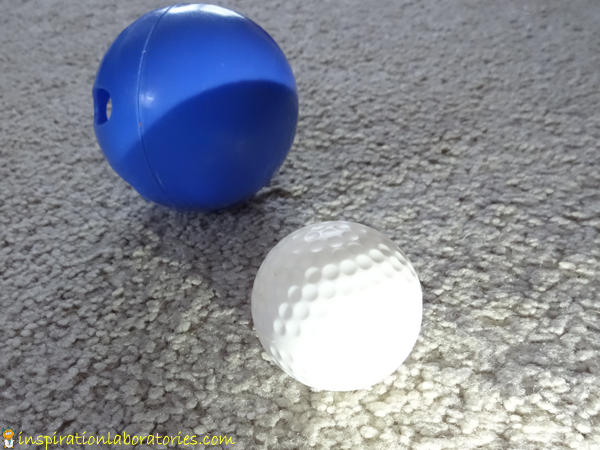
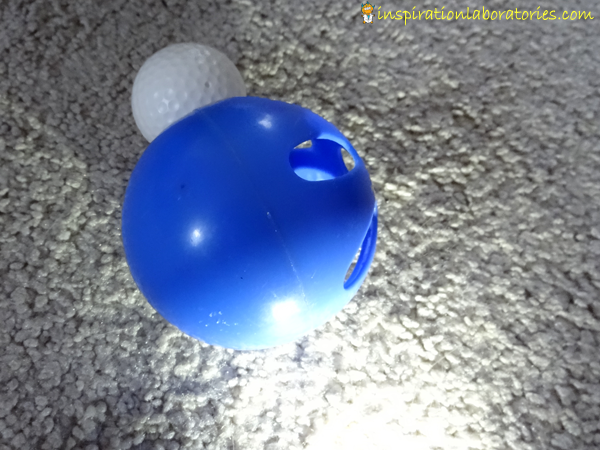
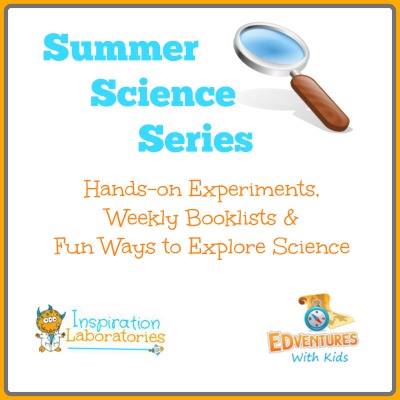
Leave a Reply